Publication type: Journal Articles

Food Loss of Perishable Produce from Farm to Retail: Evidence from Tomato Supply Chains in South India
Abstract Background Reducing food loss and waste (FLW) may narrow gaps between fruit and vegetable production and recommended intake. However, FLW estimates are inconsistent due to varying estimation methods. Objectives Using multiple estimation approaches, we examined the extent and determinants of FLW along tomato supply...
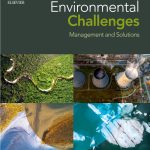
Hunger and Environmental Goals for Asia: Synergies and Trade-offs Among the SDGs
Abstract Rapid progress in hunger reduction in Asia has come at the cost of environmental degradation, while pursuing environmental conservation goals risk slowing further progress on hunger. Operationalizing the Sustainable Development Goals (SDGs) shows us the complexity of achieving multiple societal goals simultaneously. The lack of coordination across...

All Hat and No Cattle: Accountability Following the UN Food Systems Summit
Abstract The United Nations Food Systems Summit (UNFSS) is an important moment to garner political and financial attention to the challenges that food systems face. It is a difficult moment with many competing national and global priorities including massive inequities, rapid climate change and a...

Multiple Risk Factors Contribute to Childhood Stunting in Karnataka, India
Abstract Childhood stunting remains a prominent metric in the health and development of modern India. In Karnataka, India, districts vary substantially in stunting prevalence. Here we take a close look at the nature of childhood stunting in the state: its epidemiology, genetics, biology, nutritional basis,...

Risk Factors in Childhood Stunting in Karnataka, India, Vary by Geography
Abstract Childhood stunting remains a public health concern in India. In Karnataka, the districts vary substantially in stunting prevalence. Using the NFHS-4 and AidData GEO datasets, we tested the hypothesis that ‘wet’ and ‘dry’ districts in Karnataka show different contributions to stunting. We found that...

Transitioning to an Obese India: Demographic and Structural Determinants of the Rapid Rise in Overweight Incidence
Abstract Read a policy brief based on this study. India, which has long suffered from undernutrition, has seen a rapid rise in overweight incidence in the last decade and a half. These changes are characterized by significant within-country differences in overweight incidence that vary by...
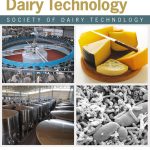
Process Optimization and Product Characterization of Milk Protein Concentrate Extrudates Expanded by Supercritical Carbon Dioxide
Abstract The effects of water and supercritical CO2 (SC–CO2) addition rate, and pressure at SC–CO2 injection (PCO2) on physical and rheological properties of milk protein concentrate (MPC81) and MPC81-sucrose (MPC81-S) extrudates were investigated. As PCO2 increased, extrudate expansion decreased and storage modulus and hardness increased. PCO2 for MPC81...
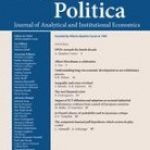
COVID-19 and Women’s Nutrition Security: Panel Data Evidence from Rural India
Abstract Read a policy brief based on this study. In response to the COVID-19 pandemic, India implemented a stringent nationwide lockdown. Although food value chains and allied activities were exempted from the lockdown, there were widespread disruptions in food access and availability. Using two-panel datasets,...
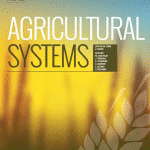
Farmer Research Networks Enable Community-Based Mycotoxin Management in Rural Indian Villages
Abstract CONTEXT Mycotoxins and other food safety and preservation challenges are prevalent in smallholder food systems, and communities often lack the knowledge and capacity required to effectively diagnose and address these concerns. Participatory research can facilitate innovation in resource-poor settings by fostering collective identity and...
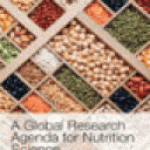
Toward an Integrated Approach to Nutritional Quality, Environmental Sustainability, and Economic Viability: Research and Measurement Gaps
Abstract Nutrition is affected by numerous environmental and societal causes. This paper starts with a simple framework based on three domains: nutritional quality, economic viability, and environmental sustainability, and calls for an integrated approach in research to simultaneously account for all three. It highlights limitations...

